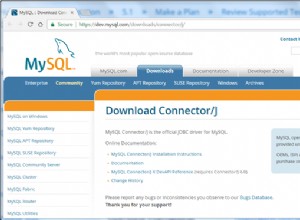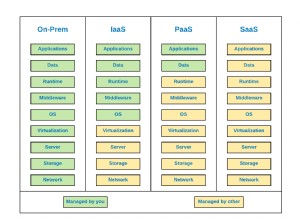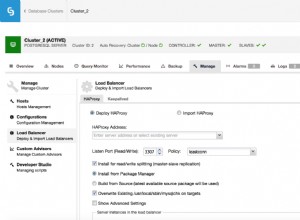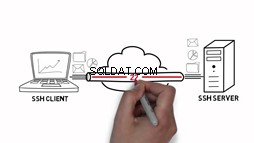Vous pouvez utiliser la fonction UNPIVOT pour convertir les colonnes en lignes :
select id, entityId,
indicatorname,
indicatorvalue
from yourtable
unpivot
(
indicatorvalue
for indicatorname in (Indicator1, Indicator2, Indicator3)
) unpiv;
Notez que les types de données des colonnes dont vous annulez le pivot doivent être les mêmes, vous devrez donc peut-être convertir les types de données avant d'appliquer l'unpivot.
Vous pouvez également utiliser CROSS APPLY avec UNION ALL pour convertir les colonnes :
select id, entityid,
indicatorname,
indicatorvalue
from yourtable
cross apply
(
select 'Indicator1', Indicator1 union all
select 'Indicator2', Indicator2 union all
select 'Indicator3', Indicator3 union all
select 'Indicator4', Indicator4
) c (indicatorname, indicatorvalue);
Selon votre version de SQL Server, vous pouvez même utiliser CROSS APPLY avec la clause VALUES :
select id, entityid,
indicatorname,
indicatorvalue
from yourtable
cross apply
(
values
('Indicator1', Indicator1),
('Indicator2', Indicator2),
('Indicator3', Indicator3),
('Indicator4', Indicator4)
) c (indicatorname, indicatorvalue);
Enfin, si vous avez 150 colonnes à annuler et que vous ne souhaitez pas coder en dur l'intégralité de la requête, vous pouvez générer l'instruction sql à l'aide de SQL dynamique :
DECLARE @colsUnpivot AS NVARCHAR(MAX),
@query AS NVARCHAR(MAX)
select @colsUnpivot
= stuff((select ','+quotename(C.column_name)
from information_schema.columns as C
where C.table_name = 'yourtable' and
C.column_name like 'Indicator%'
for xml path('')), 1, 1, '')
set @query
= 'select id, entityId,
indicatorname,
indicatorvalue
from yourtable
unpivot
(
indicatorvalue
for indicatorname in ('+ @colsunpivot +')
) u'
exec sp_executesql @query;




